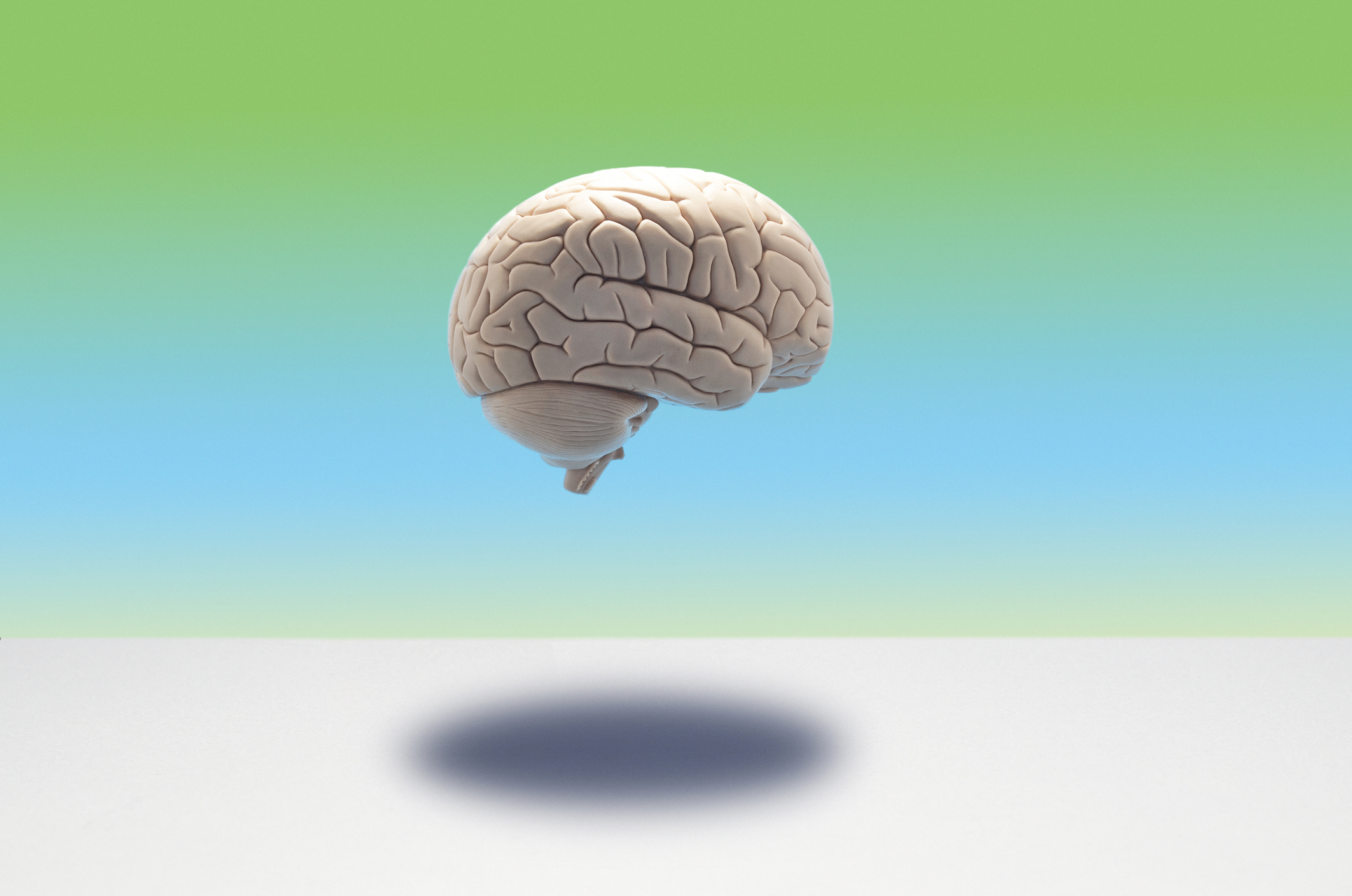Recently, Thrive Global surveyed a nationally representative sample of 2,000 people across the country, ages 18-85, and found startling results: Most people are poor at spotting their own mental health warning signs, and they have no idea how to manage their stress. 91 percent of people said that not knowing or ignoring their mental health signs had a negative impact on their mental well-being. “If people waited too long to recognize the warning signs, it really negatively impacted their mental health and important areas of their lives like their relationships, their work, their finances, and even their physical health,” Marina Khidekel, Thrive’s Editorial Director shared during a recent Linkedin Live conversation with the leadership team of Stanford’s Brainstorm Lab.
These survey results are a call to action for us all — but especially for the psychiatrists and product designers at the Stanford Brainstorm Lab. Think about how long it usually takes to get help if you have stomach pain that did not resolve — it would likely take days, or a week at the most, said Dr. Nina Vasan, the Founder and Executive Director of Brainstorm: The Stanford Lab for Mental Health Innovation and Chief Psychiatrist at Silicon Valley Executive Psychiatry. And yet, in the United States today, it takes people, on average, 11 years to get help for their mental illnesses (Wang et al 2004). She attributed this to three key barriers: stigma around mental illness, lack of accessibility to resources and care, and the absence of tools that are in tune with everyday life.
Identifying barriers to mental healthcare
Dr. Vasan and Dr. Dr. Gowri Aragam, Co-Founder and Chief Clinical Officer at Brainstorm: The Stanford Lab For Mental Health Innovation and Clinical Faculty at Harvard Medical School and Massachusetts General Hospital, along with co-founder and Chief Research Officer Dr. Neha Chaudhary are the leadership team of Stanford Brainstorm, the world’s first academic laboratory dedicated to mental health innovation and entrepreneurship. One of their key values is to “meet people where they are.” Brainstorm’s goal is furthering more effective, accessible, and engaging technologies and innovations that improve health and unlock human potential.
At the Linkedin Live, the doctors explained that they hope to find people in need of support, and equip them with the right tools to better their mental health. “There are two billion people around the world with brain and behavior health disorders. The majority of these people do not see us [psychiatrists] in our offices. Where are these people? What we learned is that they are on platforms such as Facebook, Twitter, and Pinterest. And they are in these online communities,” Vasan said. “We ‘take mental health to them,’ and give them simple tools that take one minute or two minutes, which ultimately can be really transformative in knowing you have a problem and being able to get help immediately.”
However, a barrier to people using these tools is that they oftentimes ignore or are unaware of the warning signs of mental illness. “With the people I have worked with, generally the language is negative when identifying that something is wrong, especially when people say things like, ‘I am not doing well enough,’ or ‘I should be doing better,’” Aragam said. “Frequently, people attribute their failures to something that is inherently wrong with them as opposed to something [like an illness or defense mechanism] that is making them feel a certain way.”
Finding solutions
In treating patients, Aragam noted that everyone is individual, and in order for these mental health solutions to work, it’s important to first understand people’s goals and values. While she is able to address this one-on-one with her patients in clinic, a bigger challenge lies in encouraging an entire community to interact in this way.
One of Brainstorm’s focuses is to apply accessible mental healthcare in ways that can be scaled to millions of people. That’s why they’re working with tech companies and leading organizations to create tools that understand people’s specific needs. On July 22, 2019, Brainstorm released their first product with the social media company Pinterest, where they created a set of wellness treatments on a more compassionate search tool. When they’re feeling depressed, anxious, or sad, users can search for activities with just a click of a button. Some of the activities include deep breathing and journaling, which improve individuals’ emotional health and well-being. Recently, this work was recently shown to be effective in decreasing self-harm on the platform by 88 percent, as reported in Venture Beat.
Microsteps for your own mental well-being
The Stanford doctors shared that sometimes, the easiest place to start when it comes to improving your mental well-being is to pick one small thing to add to your day, and to find even a few minutes for it. Whether you are at a desk all day, constantly on the move, or find yourself with loads of free time, you can practice microsteps to improve your mood and combat feelings like loneliness. As the days pass, try adding one more at a time, and remember to be patient with yourself!
Vasan said that she tells every patient in her clinic that there are six “high-yield” areas that you should focus on improving. They are: sleep, mindfulness, exercise, nutrition, sunshine, and time with friends. She recommends trying these 12 sleep hygiene microsteps. And as you try to improve your mindfulness, she recommends the popular apps Calm and Headspace. To spend more time with friends, she suggests reaching out to one friend every week to make a plan to hang out — she pointed out that chances are you’ll be making someone’s day by asking them to spend some time together.
As you improve your mental well-being, leverage technology to work for you, Vasan, Aragam, and Chaudhary suggest. If you want to keep up with new scientific discoveries in the mental health space, subscribe to relevant profiles on twitter. If you have not been keeping in touch with good friends or family, and want to strengthen your connections with them, text or give them a call to check in. While there is a lot of research showing that technology can worsen mental health, Vasan, Aragam, and Chaudhary pointed out that their research, presented at the American Psychiatric Association Annual Meeting, discussed that how you use the internet — and especially social media — makes a big difference. They explain that some ways of engaging can promote pathology — such as sites that promote eating disorders or self-harm — while others can actually be healing, and help you build community.
Finally, consciously make time for brief activities that energize you. Remember that microsteps are meant to take up very little of your time, while still bringing with them big benefits. Take a five-minute break to practice mindfulness. Instead of sitting at your desk for long periods of time, take a short walk to relax and reset. Giving yourself those pauses is rejuvenating for your own well-being.
If you are interested in collaboration within the mental health innovation community, connect with Stanford Brainstorm’s Facebook group and on Twitter @StanfordMHILab. For more information on Stanford Brainstorm Laboratory, visit our website at www.stanfordbrainstorm.com.
Connect with the doctors on twitter to follow their work: @NinaVasan, @GowriAragam, @NehaChaudharyMD


